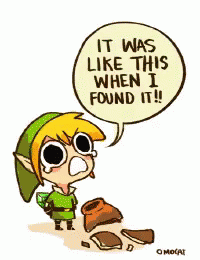In my previous blog, I shared my experience with the National Anthropology Museum of the Philippines. This time, I will share the National Museum of Fine Arts of the Philippines, the home of the greatest art of Juan Luna, Historical artifacts, national costumes, textiles, and many more!
Facade of National Museum of Fine Arts
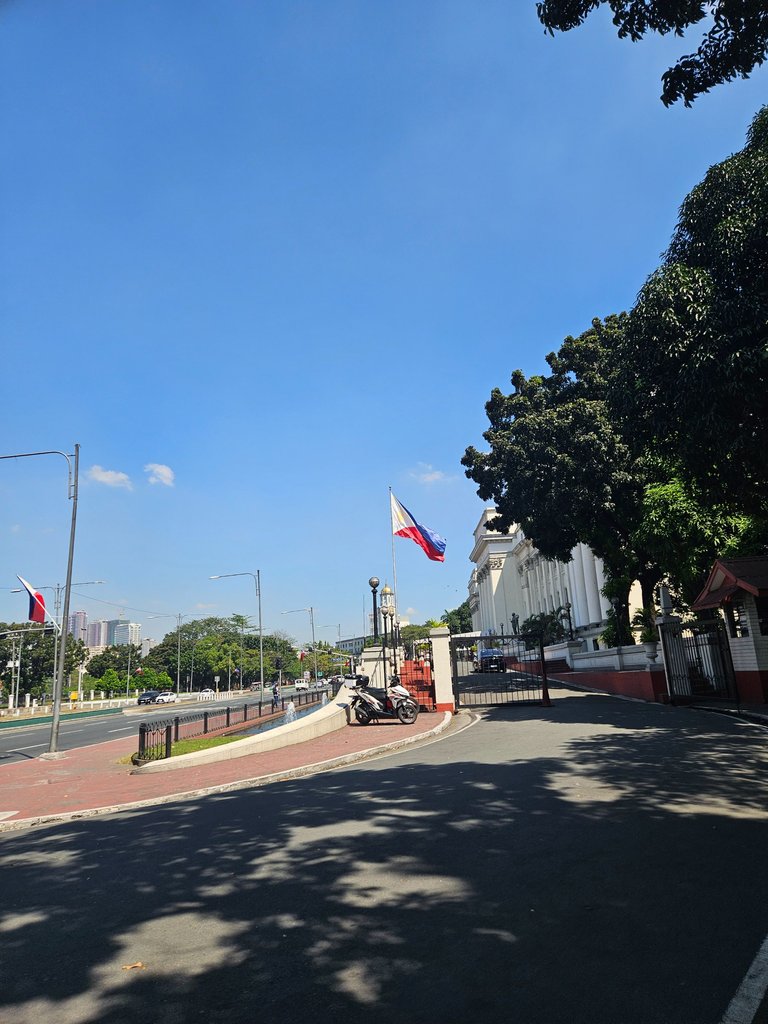
The design of this building is Neoclassical style inspired by the Greek and Roman, popular choice in the 20th century. It features beautiful columns with adornments of classic motifs.
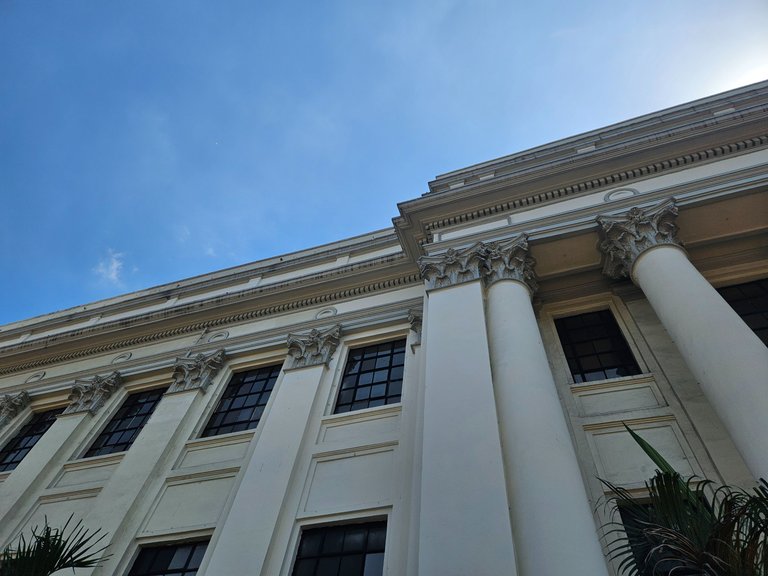
To get to the museum, you need a government ID. For groups, one ID will suffice. Big bags will not be allowed and leave them on the baggage counter.

The first masterpiece
This is the first art that greeted us upon entering the building. This sculpture is humongous in real life. I was scared to go near it because I didn’t trust my clumsiness. 😆
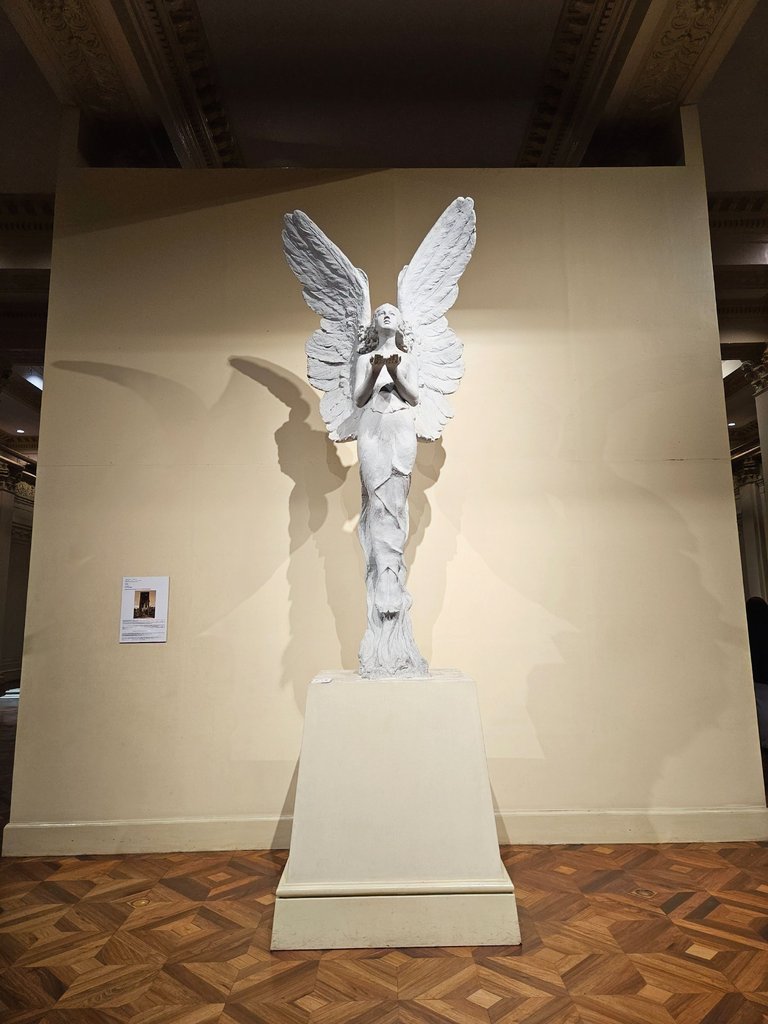
“Diwata” was created by “Guillermo Tolentino in 1950 as a gift. A diwata in Philippine mythology is a beautiful woman associated with nature, somewhat the guardian of the forest. This masterpiece inspired me to delve into the world of sculpture, hehe. I was starstruck.
Spoliarium
At the back of the sculpture is the magnificent art of our national artist Juan Luna called Spoliarium. Spollarium depicts gladiators being dragged during Ancient Rome.
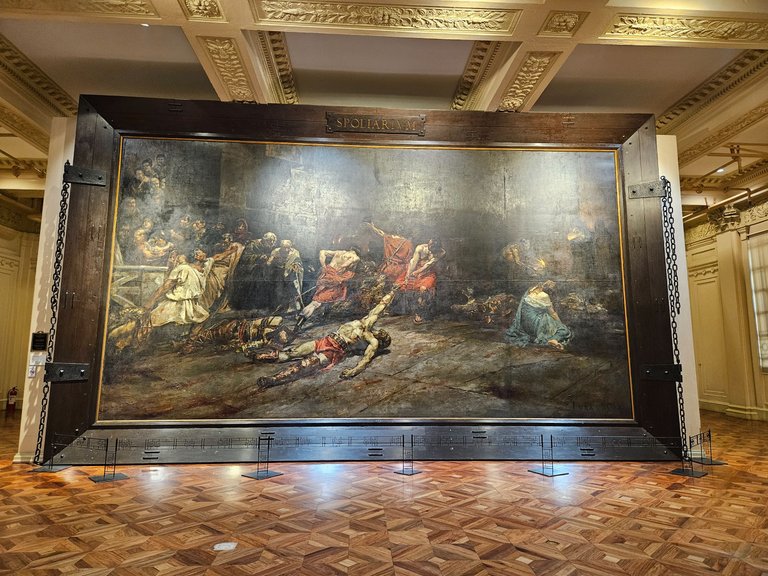
Juan Luna was born in Ilocos Norte, the northern part of the Philippines. He went to Europe to study more art in 1800.
This painting of him won the gold medal at the Exposition Nacional de Bellas Artes in Madrid. It gave immense pride and recognition to the country. The achievement of Luna gave Filipino artists to strive more for excellence in the domain of art.
Sculptures
Sculptures made in the 1930s. I am not too sure if these were just replicas or not. They were placed in hallways without any glass or protection. I was cautious not to bump them. Haha. 😆

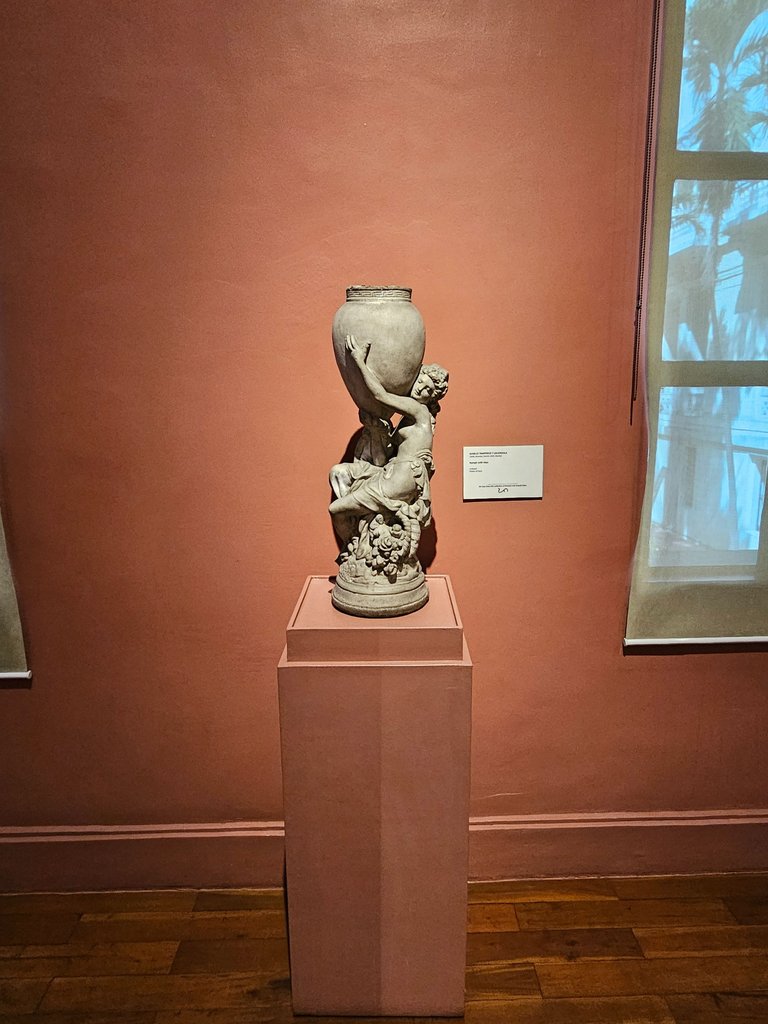

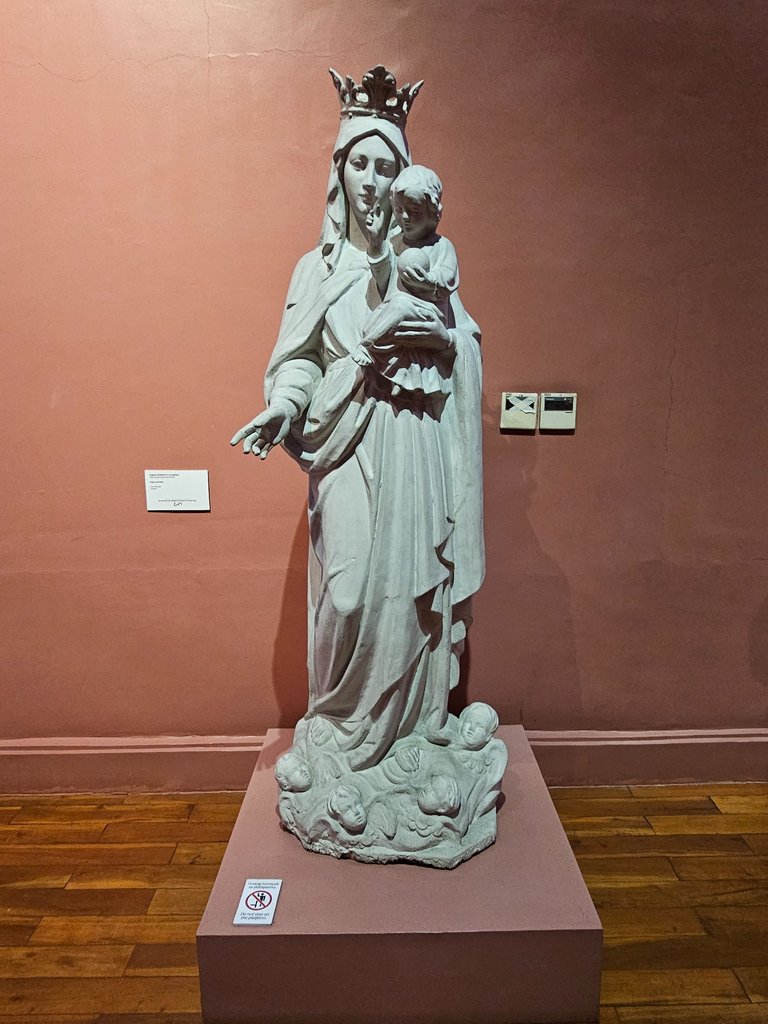
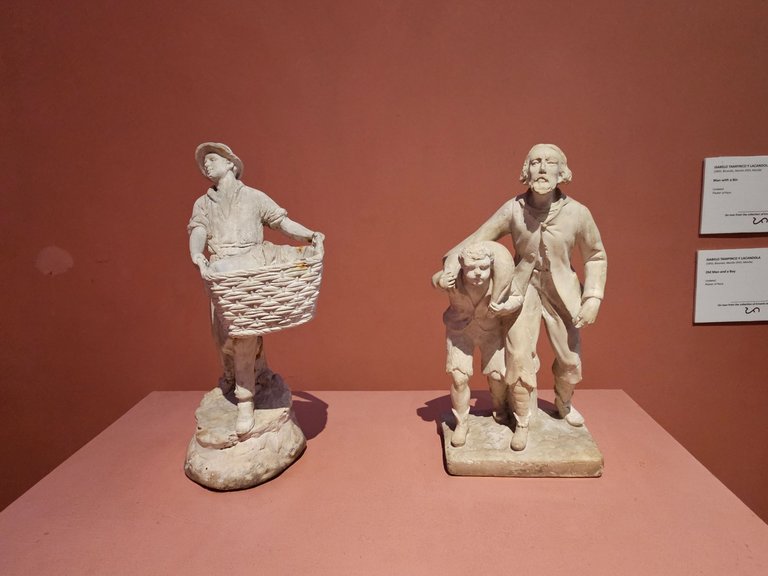
The purple room
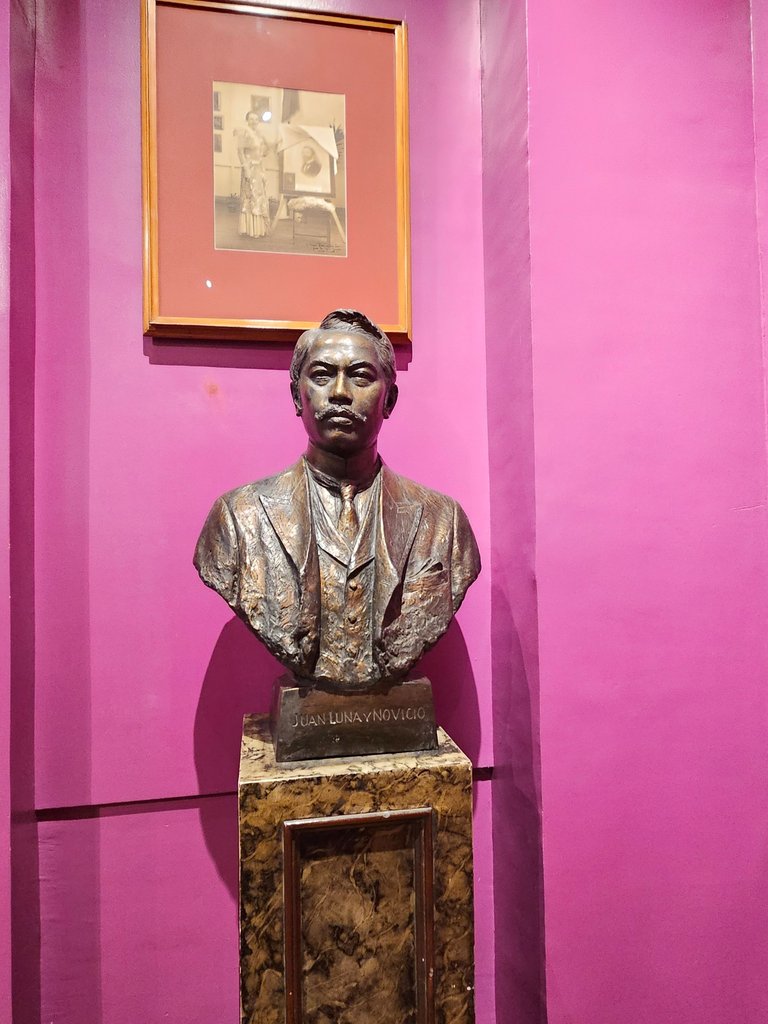
The purple walls displayed the different art of Juan Luna from childhood to his retirement. This room features his paintings of portraits, landscapes, and some unfinished works.
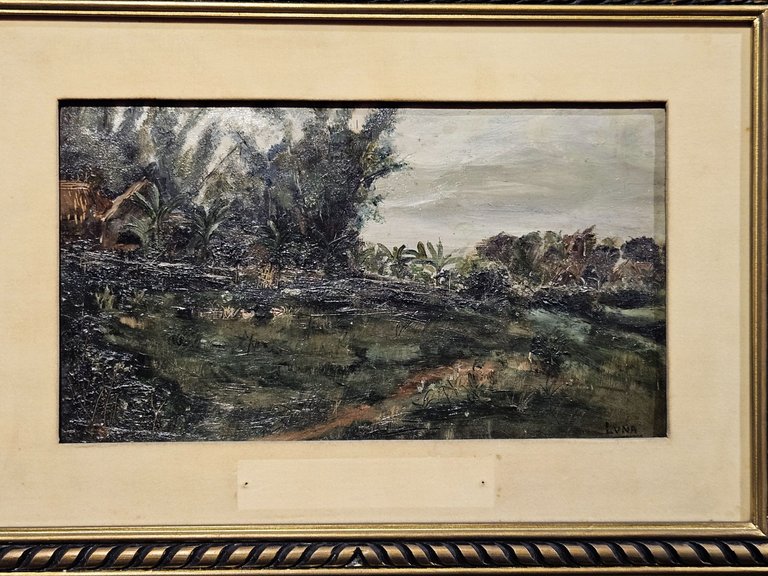

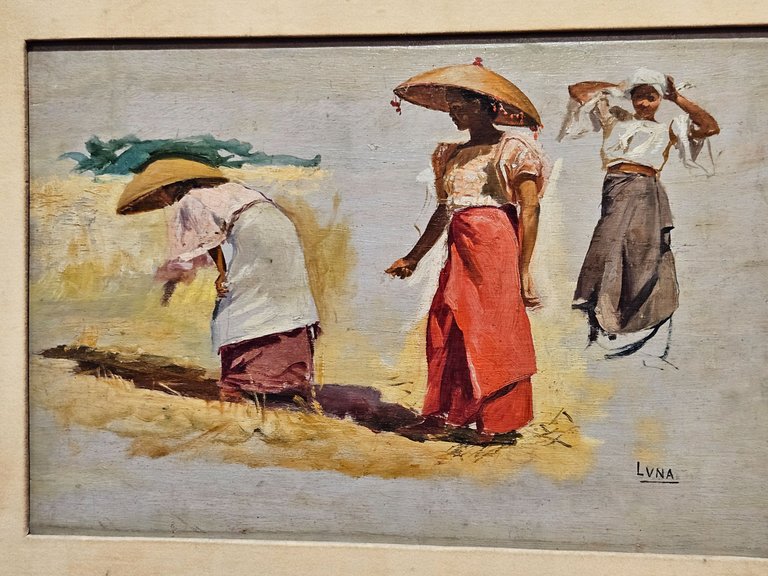
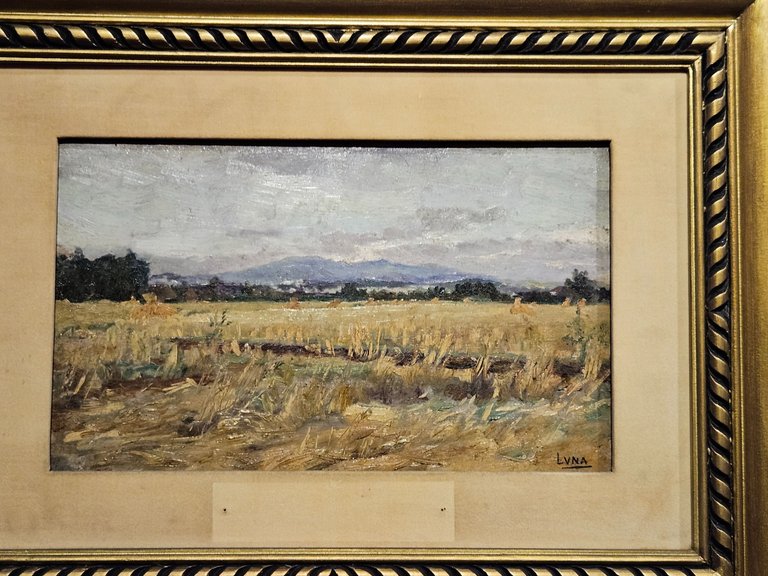
He mastered the realism art style evidently in this art. Aside from paintings, we learned about his personal life, career, and art contributions. Since he studied in Europe, his style was influenced by Romans as we can see in his great art piece Spoliarium and small paintings.
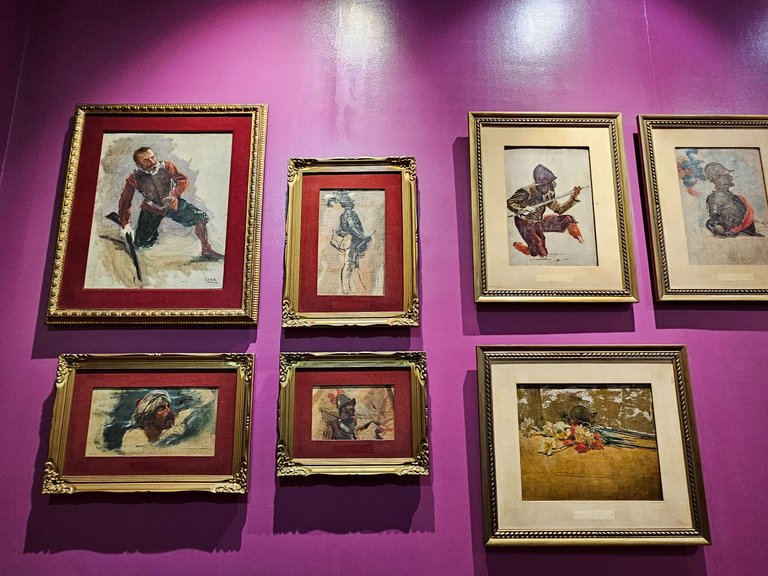
Portraits of Dr. Jose Rizal
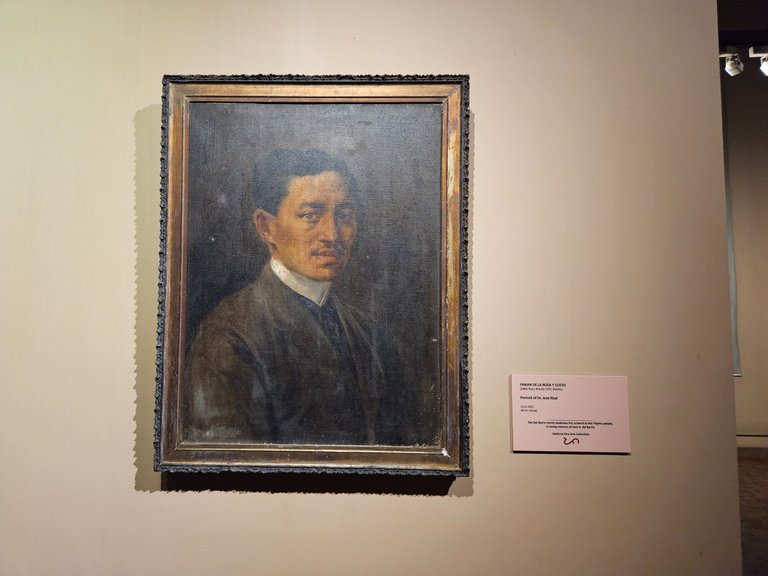
Rizal is the national hero of the Philippines so, no wonder that some of his portraits and sculptures were displayed in the National Museum. These portraits were the works of great painters such as Fernando Amorsolo, Tomas Bernando, Isabelo Tampinco, and Graciano Nepomuceno.
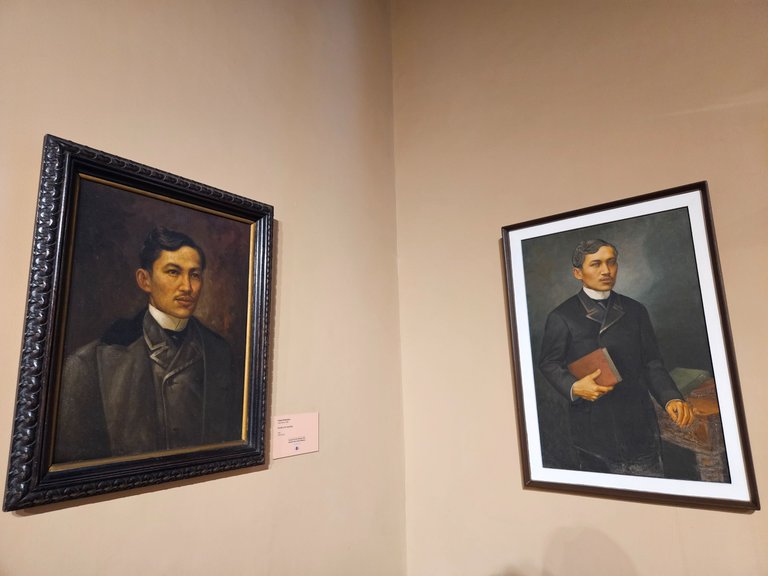
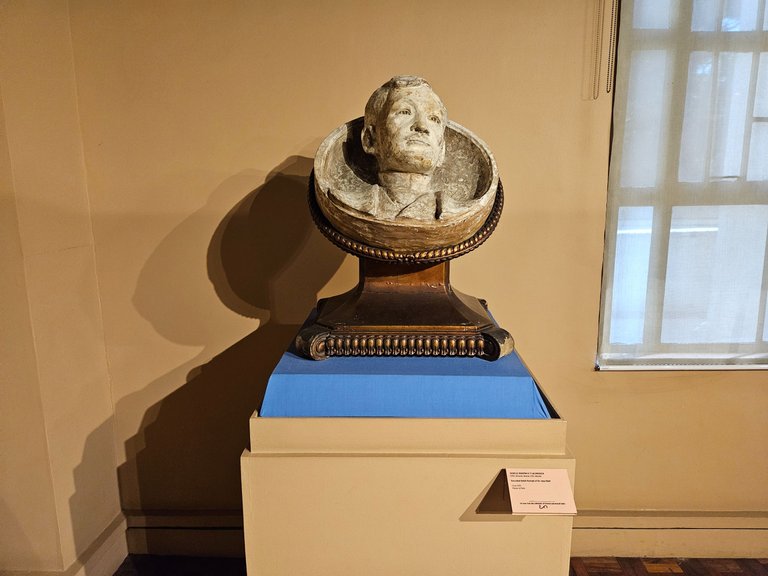

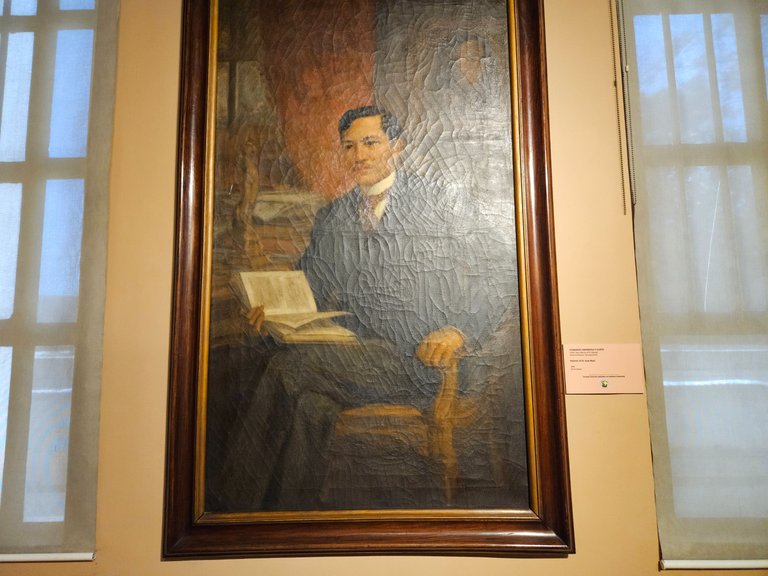
Religious artifacts
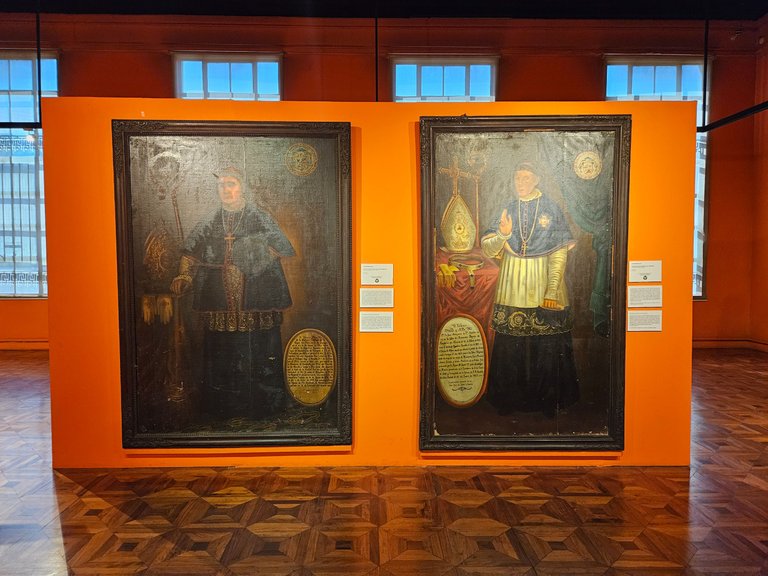
The Philippines were colonized by different countries introducing religion to the island. Here are some of the artifacts from the 1500s-1800s preserved by the museum.
A real part of the church structure
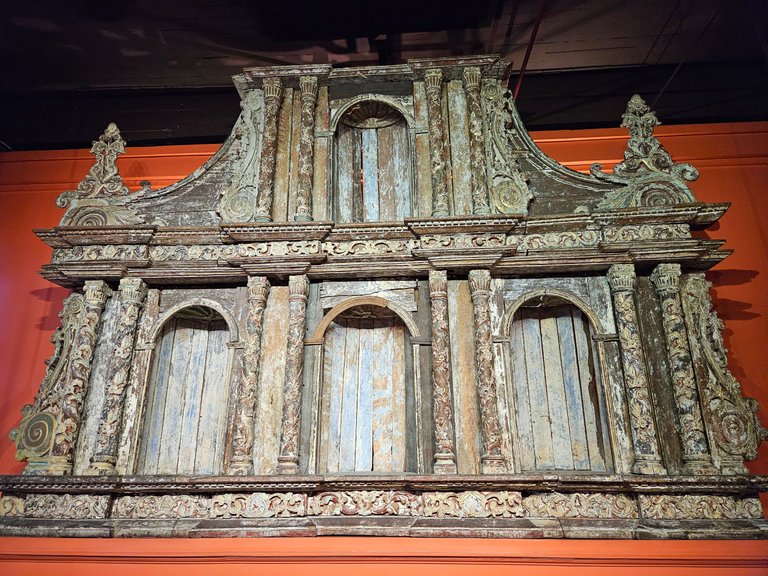
Most were Spanish-influenced during the colonial period. The Spaniards introduced Catholicism thus we can see pictures of saints, biblical figures, and structures
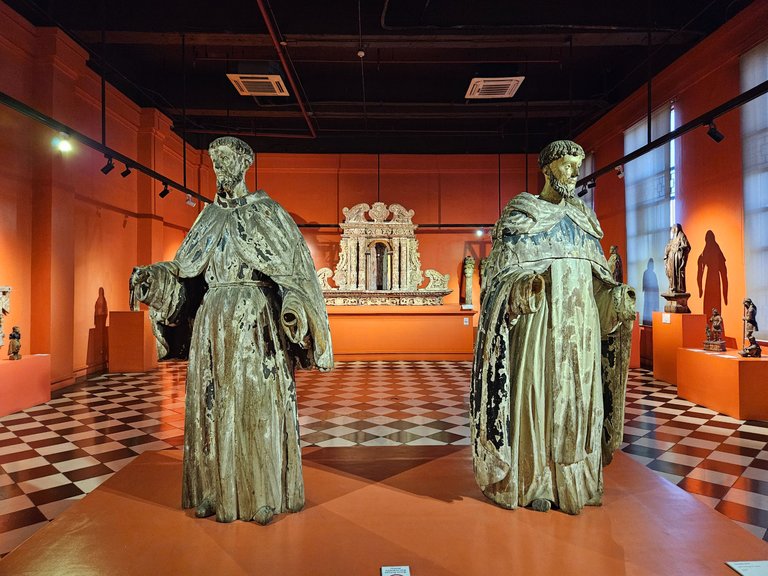
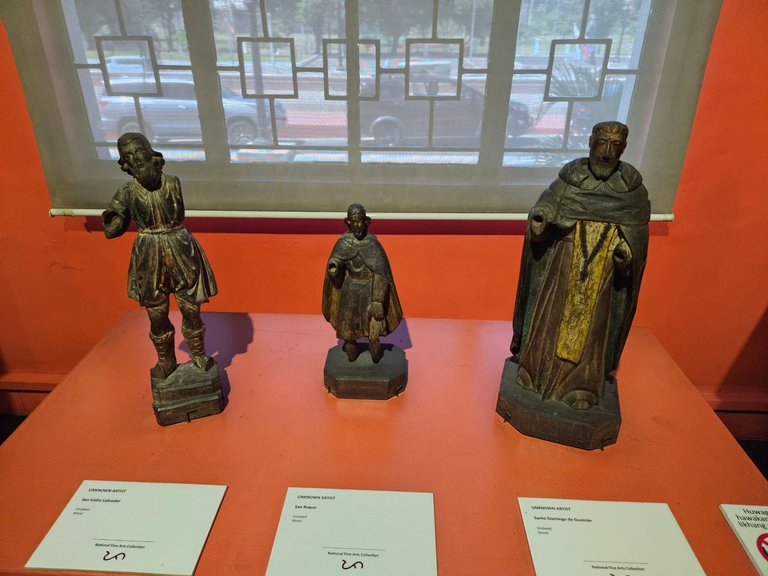
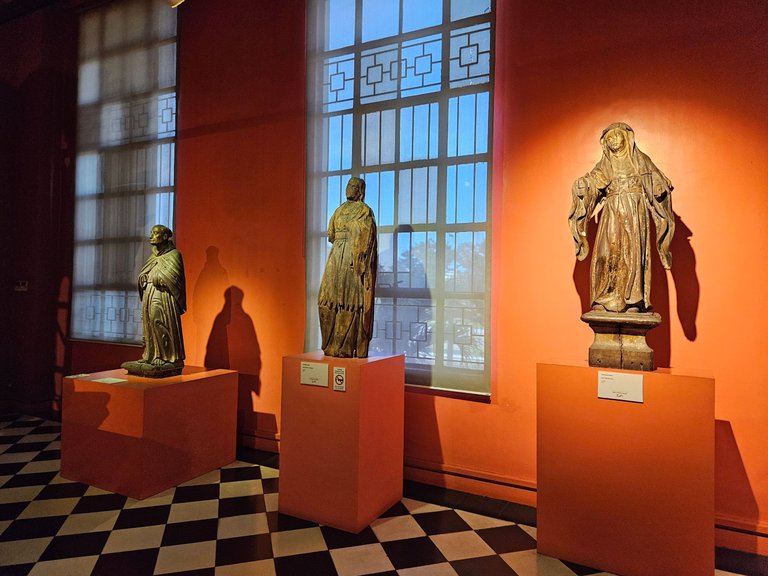
Modern sculptures in the Philippines
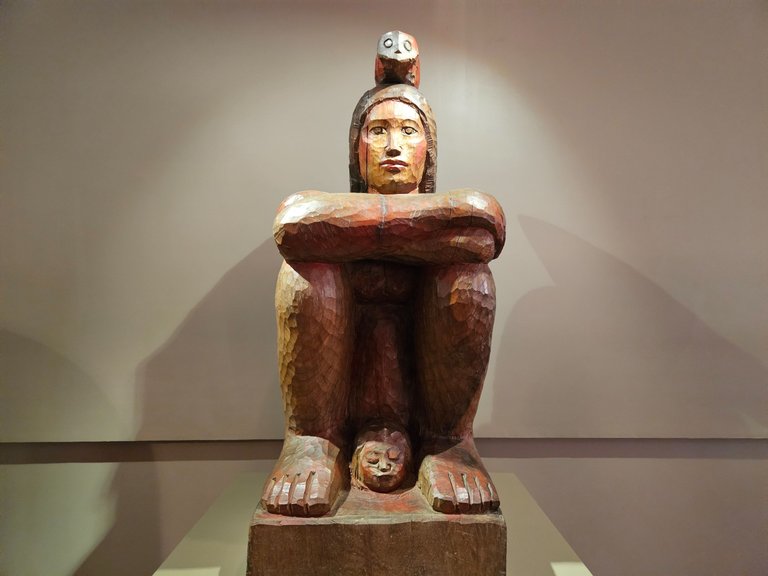
This room displayed the different forms of modern sculptures of Filipino artists, whether made in metal, wood, or anything that can represent art.
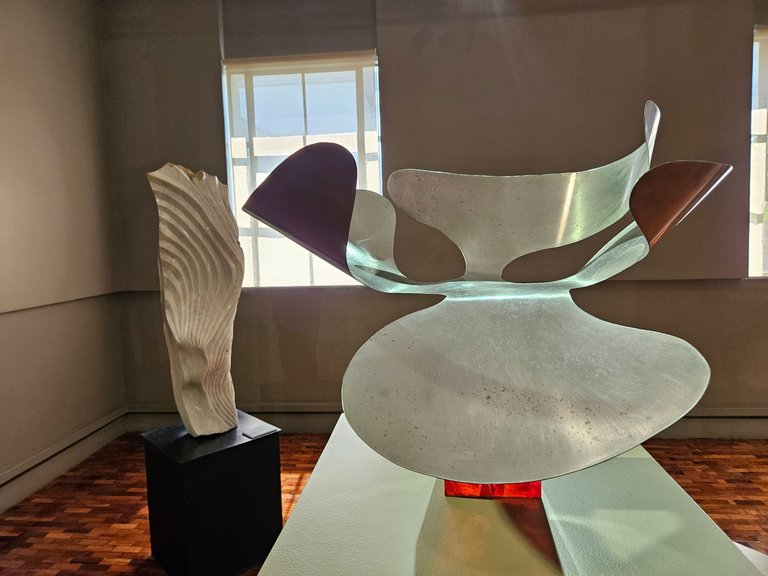
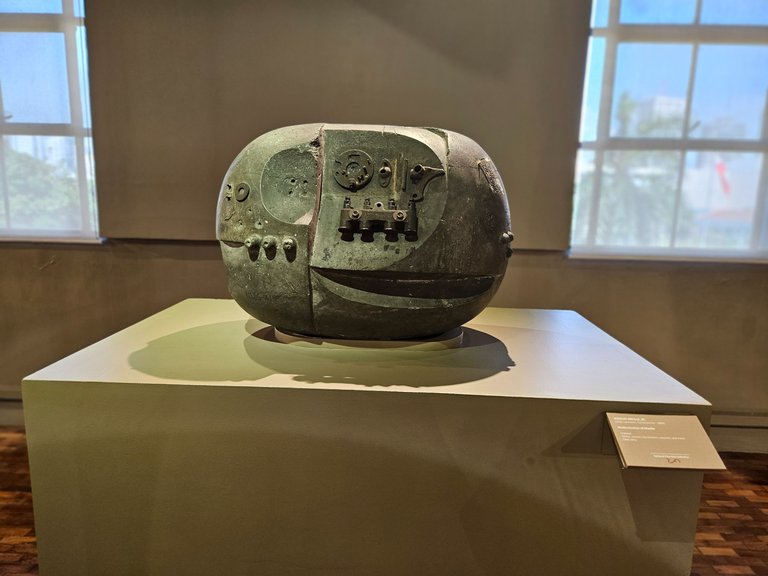
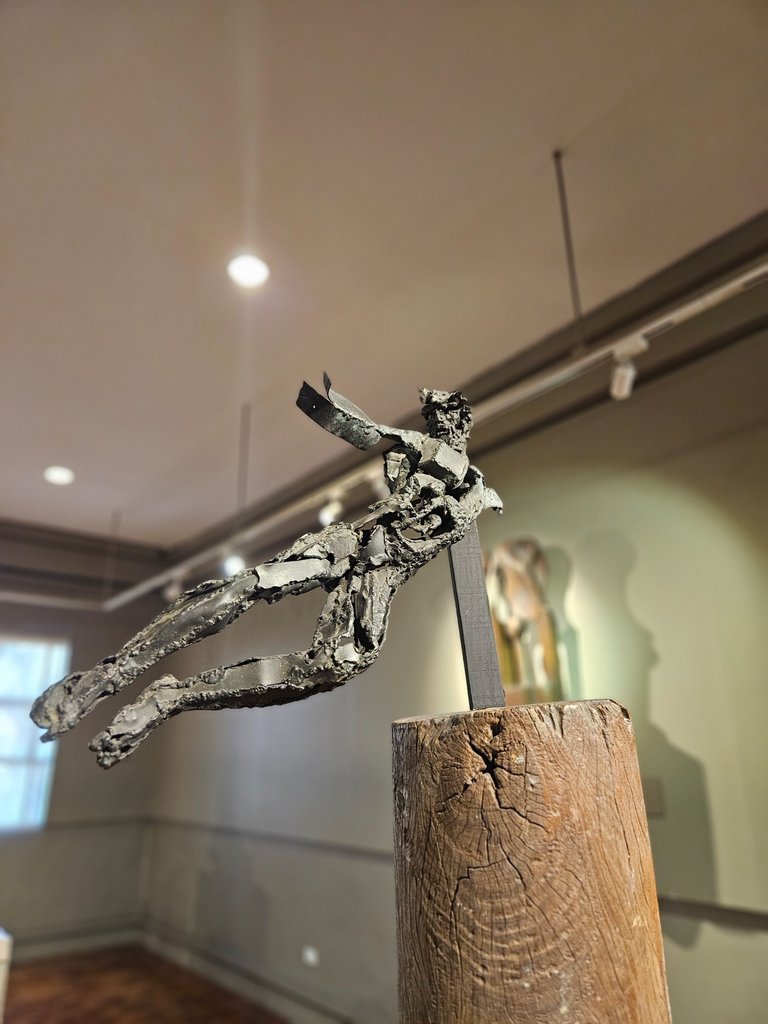
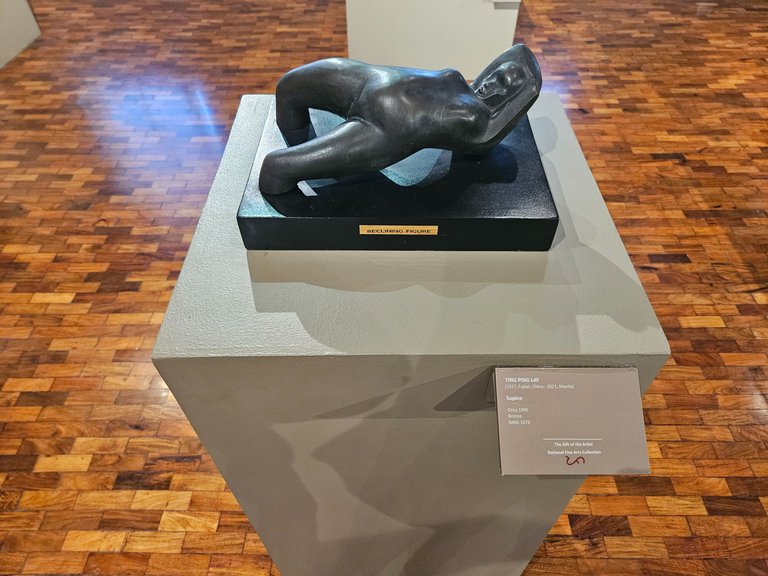
We can see the evolution of art through the years by just looking at them. Since some were in the abstract form, we can create our interpretation of the art. Aside from the artistic side, I appreciate the technical skills such as putting the pieces together.
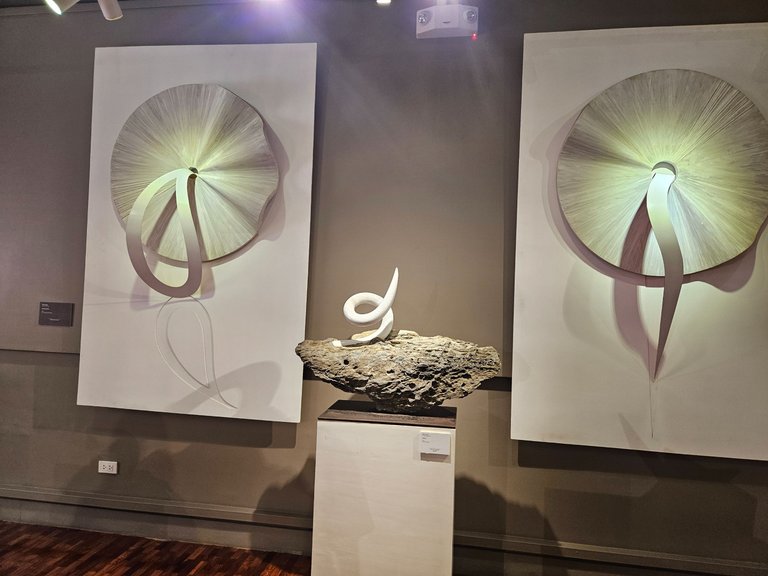
The sculptures may send a message to the viewer like social issues, culture, heritage, narratives, political statements, virtually anything that an artist can input into a work.
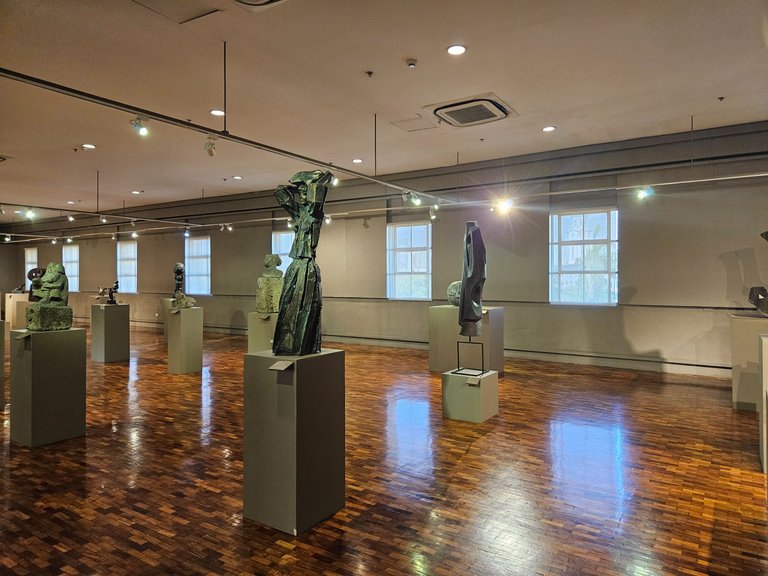
Theatrical materials
I believe this corner of the museum was under construction, but the exhibit was still displayed. The Barong Tagalog and Baro’t Saya are traditional clothes worn during the old times. It can be now seen in theatrical performances, folk dances, reenactments, and other purposes such as educational and cultural.
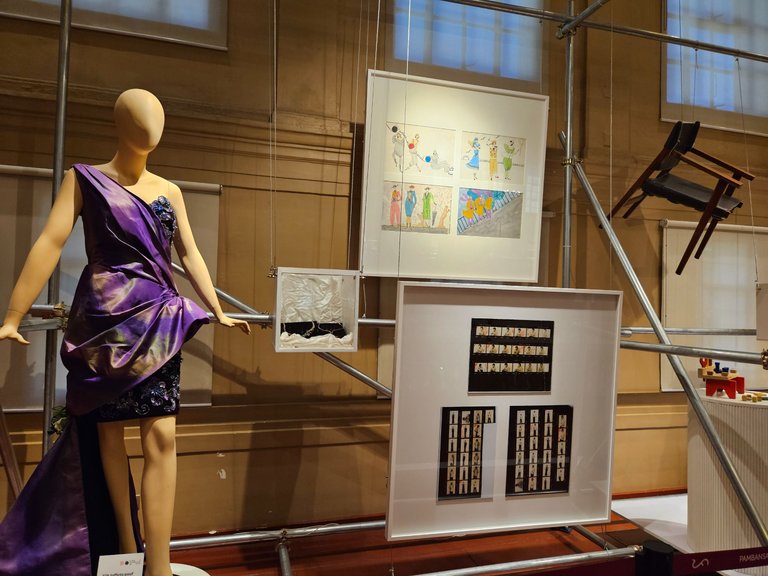
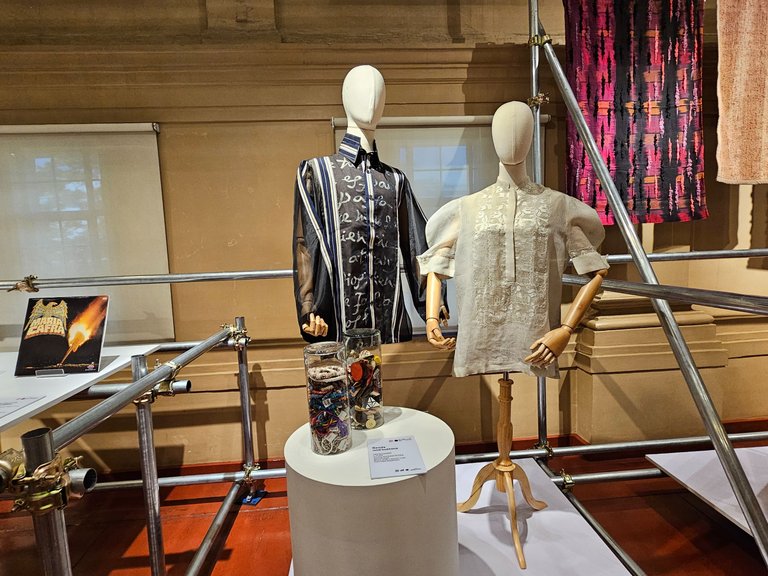
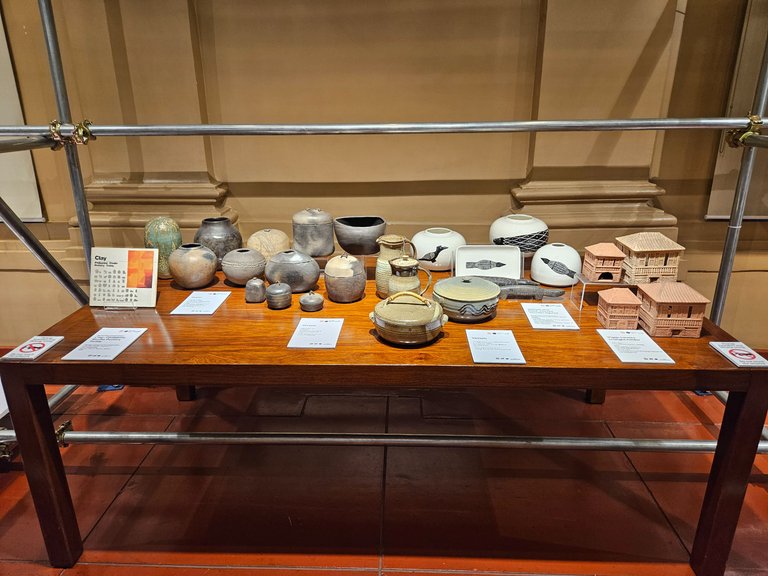
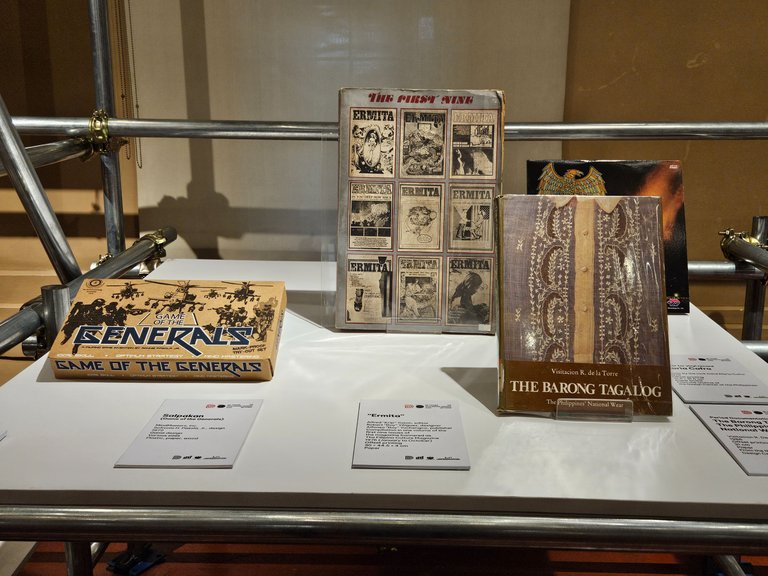
Senate Hall
It was called as such because it was then the senate hall of the old legislative building from 1926 to 1972. This is my personal favorite next to Juan Luna’s Spoliarium. The design is neoclassical which is matching with the building’s facade. What I like about it is the high ceiling, murals, and the details that go with the columns.
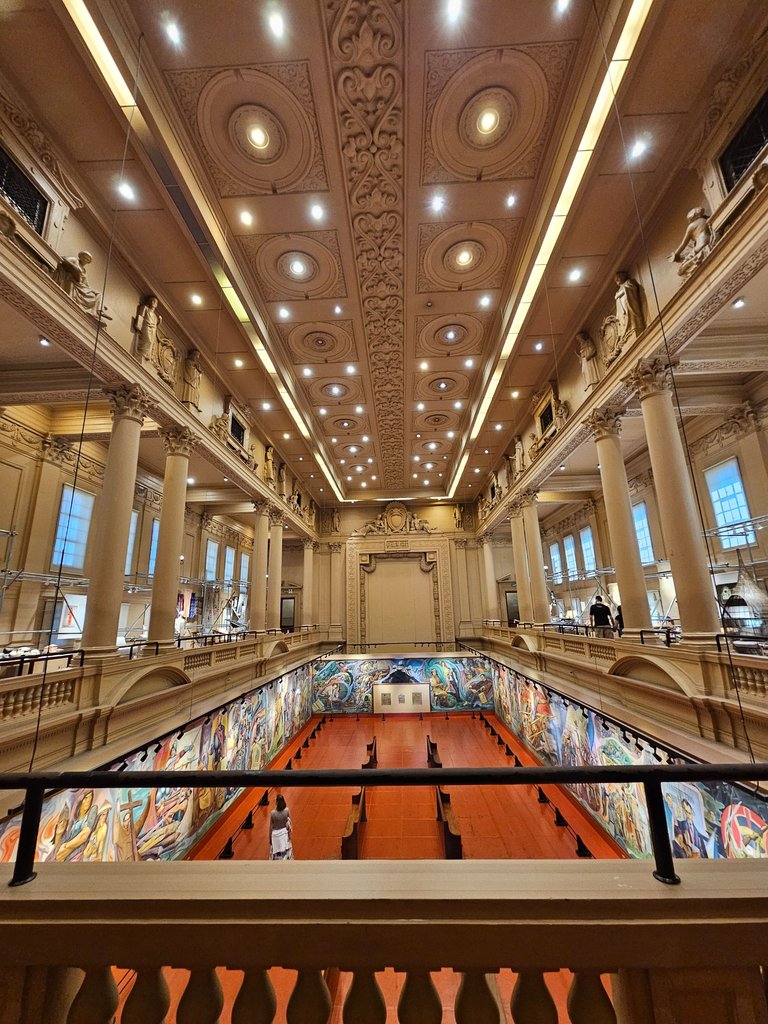
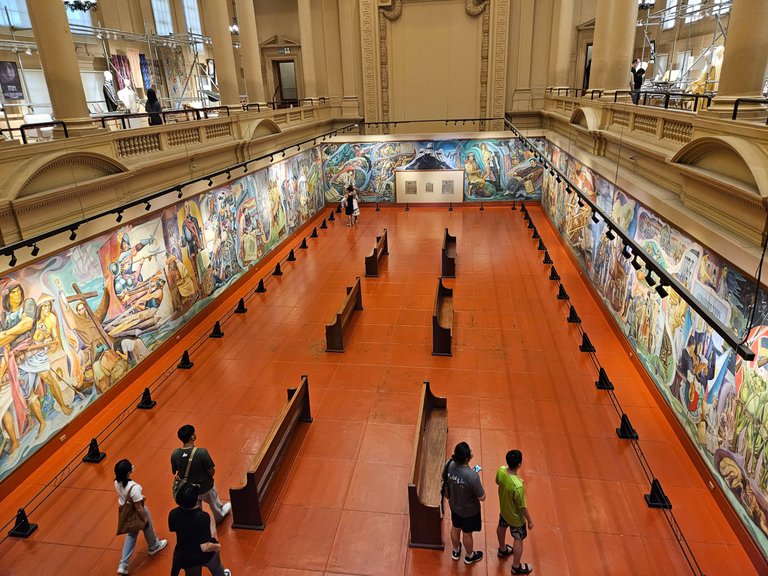
Overall, I enjoyed my trip to the National Museum. Half of me telling myself to enroll in a fine arts class, haha. 😆 Going here made me more inspired by the art treasures of great Filipino artists. The feeling was like stepping into the world of the best era of artsy peeps. I am so happy to actually see these masterpieces in real life. I am hoping to visit more museums in the future. 😊
Thanks for reading!
Disclaimer: Some parts of the blog might be out of my knowledge or inputted the wrong description. Feel free to educate me. 😊
📸 All photos are owned and taken by me, otherwise credited. ©️jijisaurart
👾 NFT Showroom: nftshowroom.com/jijisaurart
🥰 Open for commissions!!! DM me at Discord! Username: jijisaur

